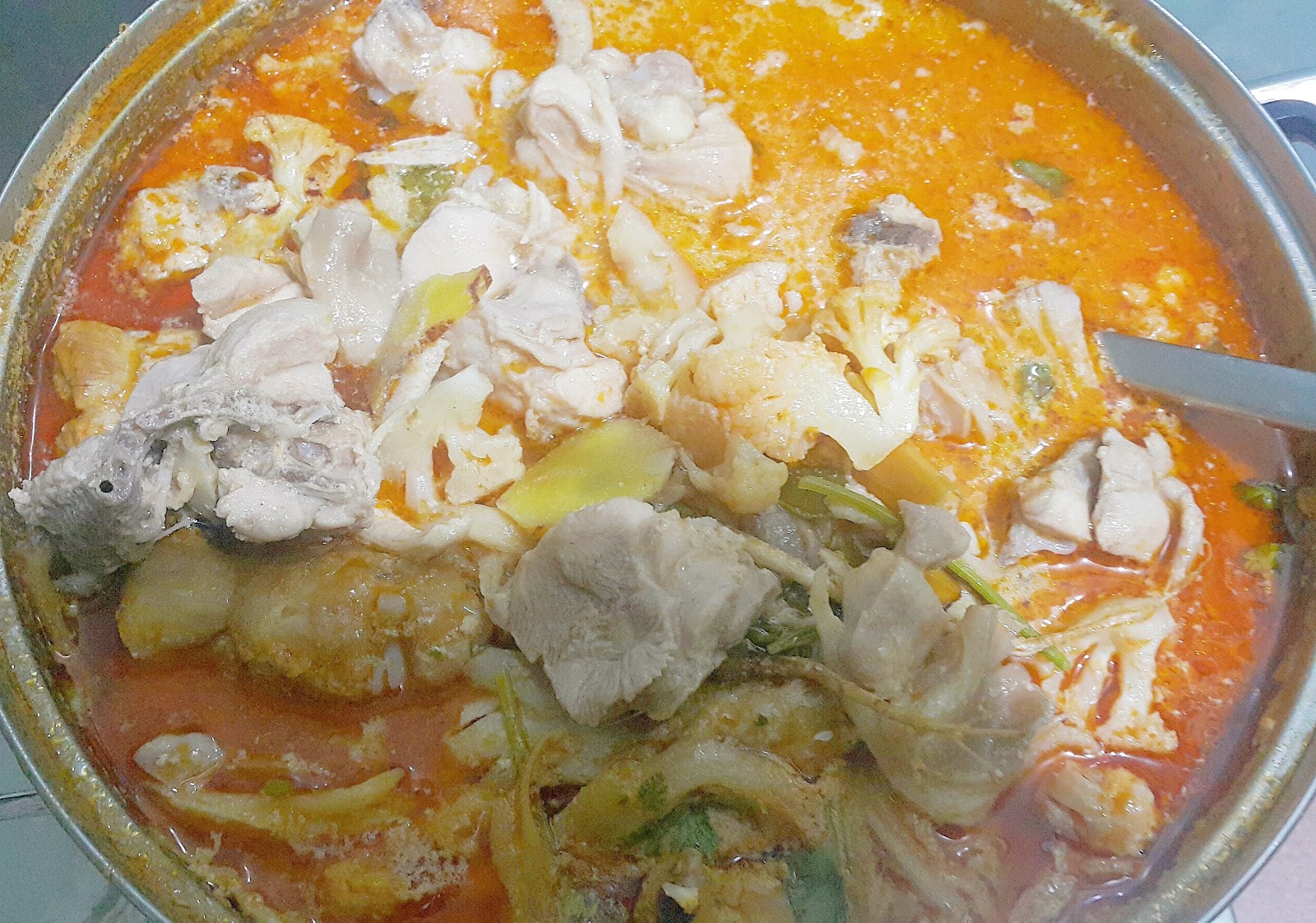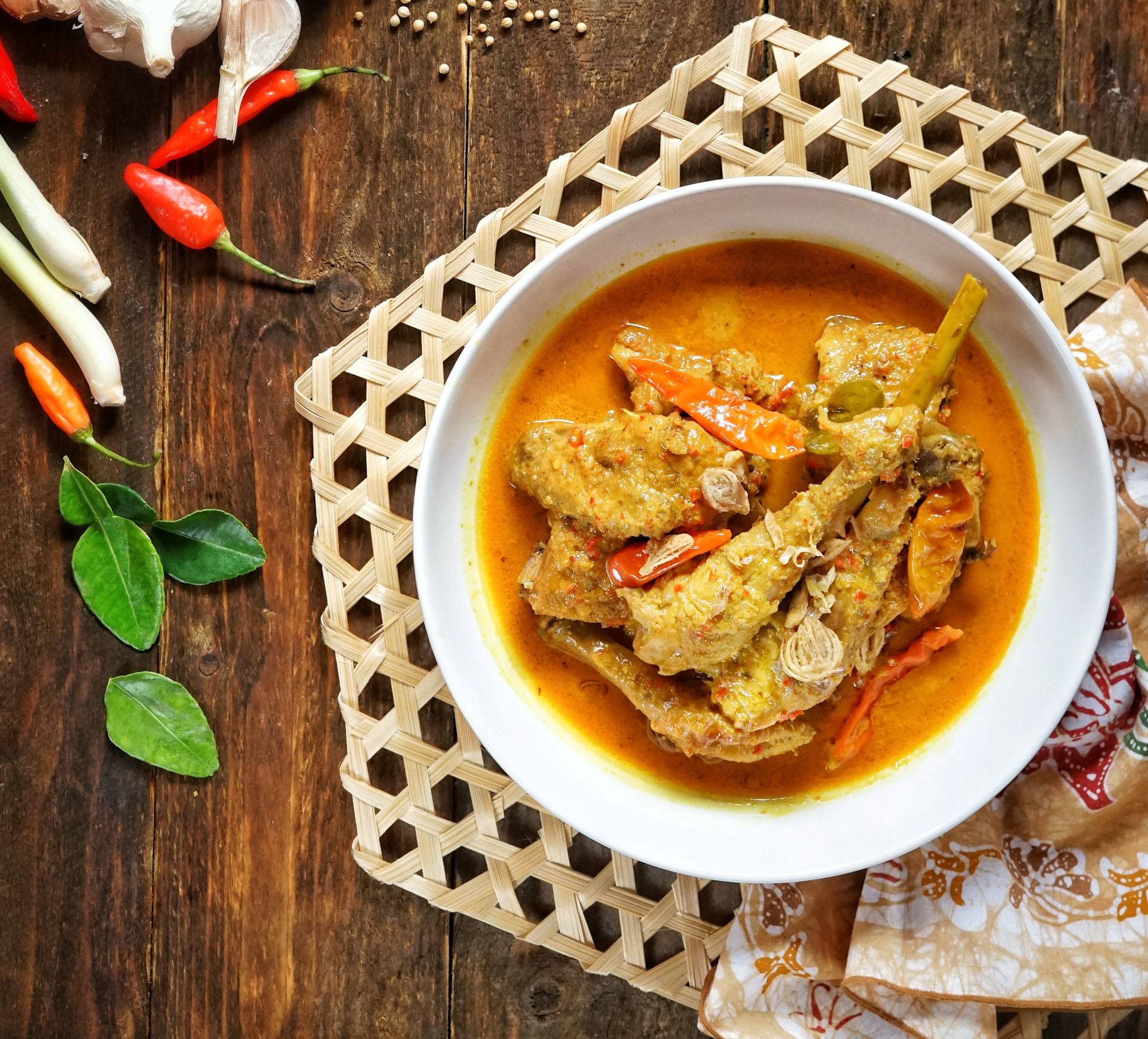


The customary greeting is ‘Selamat Hari Raya’, which means to wish a joyous day of celebration. Duit raya, green envelopes containing gifts of money, are often given to children and the elderly then everyone enjoys the food specialties such as beef rendang, satay, sambal sotong, ketupat and lontong followed by lemang, cookies, cakes, biscuits, sweets and pineapple tarts. In the evening at the mosques, they recite the takbir.ĭuring the afternoon, families and close friends gather together for a thanksgiving feast where forgiveness and blessing is sought from one another. Families usually dress in the same colour to represent unity.Įarly in the day on Hari Raya Puasa, Muslims go to the mosques for prayers. The men often wear Baju Melayu (a loose shirt with trousers) with kain samping (a short sarong), while the Baju Kurung is often worn by women. For Hari Raya Puasa, people thoroughly clean and decorate their homes and put on new clothes. It is also a time of forgiveness and children often visit their parents and ask for forgiveness for any offences over the previous year.įrom the 20 th day of Ramadan, oil lamps are lit in homes and mosques and burn until the end of the festival.

This would be its grand buffet spread highlighting specialities famous in each of 13 states and Kuala Lumpur. In Malay, Hari Raya means the ‘grand day of rejoicing’ and, in Singapore, it is a great Muslim festival that recognises the demonstration of self-restraint during Ramadan, and symbolises purification and renewal. The hotel has two events for the month of Ramadan: first, its Jom Berbuka Puasa Bersama-sama Mandarin Oriental from 13 to 18 April and 3 to 12 May, and also the main event you don’t want to miss out on. Because it depends on the lunar calendar, the date varies each year. Hari Raya Puasa falls on the first day of Syawal, the tenth month of the Hijrah (Islamic) lunar calendar.


 0 kommentar(er)
0 kommentar(er)
